Are you familiar with the spell-binding sea creature that is quite phenomenal in changing the landscape of the undersea world? We are talking about bluehead wrasse. With its one-of-a-kind blue head and vibrancy, this tropical fish, scientifically known as Thalassoma bifasciatum, captures the imagination of marine enthusiasts and researchers alike.
Content Table
In this blog post, we embark on a journey to discover the fundamental aspects of the bluehead wrasse’s behavior and life, from its habitat preferences to its dietary needs, growth trajectory, and specific traits.
Join us in unraveling the mysteries of this fascinating species, gaining insights into its conduct, and coming across why the bluehead wrasse holds a unique area inside the problematic tapestry of marine life.
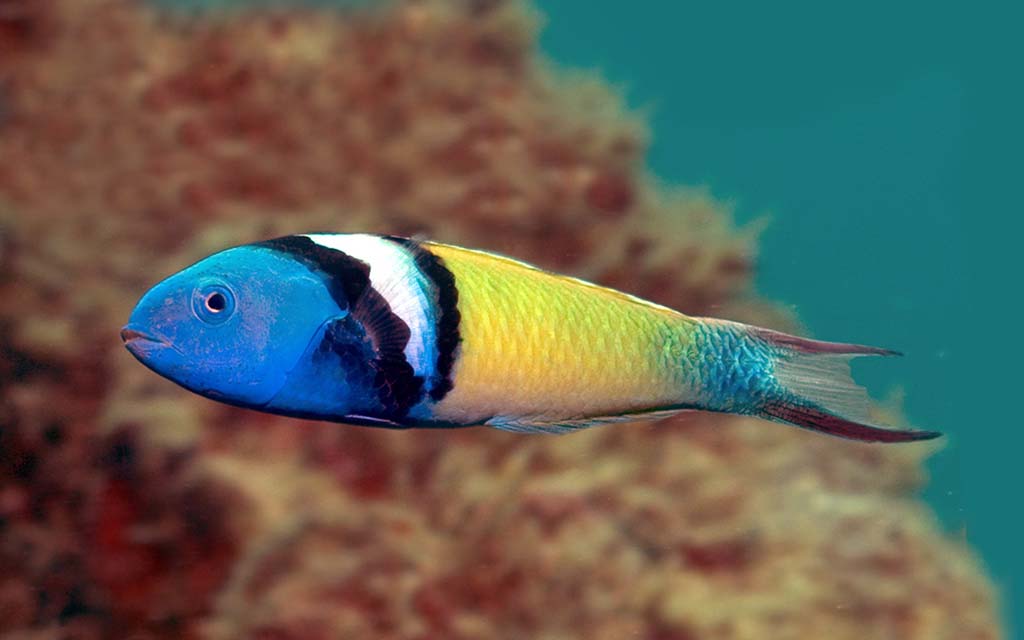
About Bluehead Wrasse
1. Habitat and Behavior
Bluehead Wrasse is commonly discovered in coral reefs, specifically in areas with abundant coral increase and clear waters. They decided upon shallow depths ranging from 3 to 60 ft, where they could locate shelter in most of the coral formations. These fish are regarded to be quite territorial, with males defending small territories and harem groups of females.
2. Reef Safe and Compatibility
The Bluehead Wrasse is usually considered reef-secure, making it a famous choice for saltwater aquarium fans. However, it is critical to word that they’ll nip at small invertebrates such as shrimp and ornamental crustaceans. When it involves tank compatibility, they can coexist with a lot of different non-violent fish species, but precaution must be taken when introducing them to aggressive fish or territorial tankmates.
3. Lifespan and Size
In the wild, Bluehead Wrasse has a median lifespan of around 3 to 4 years. However, when stored in nicely maintained aquariums with the right care for wrasse, they could stay up to 6-8 years or more. Moreover, these fish normally grow to a length of 4 to 6 inches, with males being slightly larger than female fish.
4. Breeding and Reproduction
The Bluehead Wrasse reveals thrilling reproductive conduct. They are protogynous hermaphrodites, which means they start their lives as females and might later transition into adult males. When a dominant male dies or is removed from a collection, the largest lady will go through a sex change and take the position of the male. This reproductive approach ensures the survival and continuation of the wrasse species.
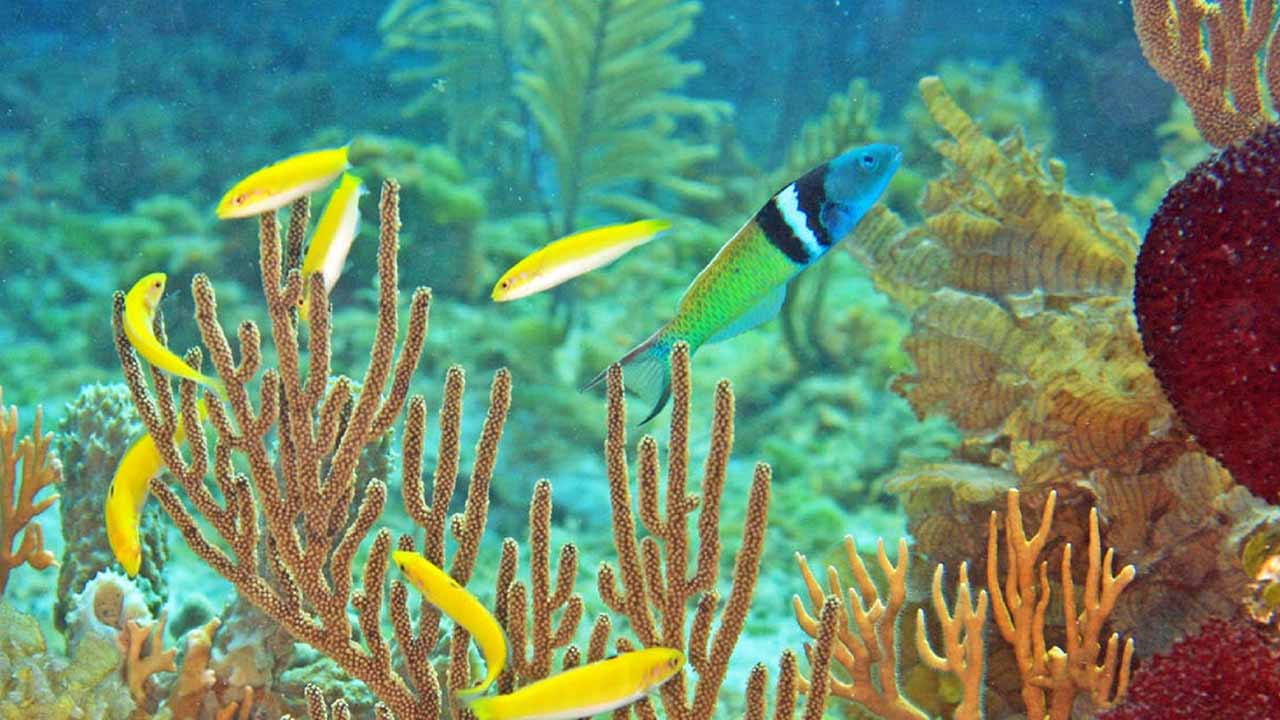
Bluehead Wrasse Growth
From the moment they’re born as fry to their adult degree, Bluehead wrasse undergoes high-quality variations.
1. Hatching Period
When Bluehead wrasse fry hatch from their eggs, they may be tiny and almost obvious in look. At this stage, they may be tremendously inclined and rely on their instincts to survive. The fry quickly learns how to search for haven in coral reefs, where they can locate safety from predators and get admission to assets of food.
2. Growing Period
As the Bluehead wrasse fry grows, they start to develop their characteristic blue and yellow color. This transformation is a visual indicator of their maturation method. It is likewise throughout this time that the fish begin to show off their precise behavior patterns. Bluehead wrasse are recognized for their cleansing symbiosis courting with other fish species. They act as “clean fish,” eliminating parasites and dead skin from large fish, which benefits both events concerned.
3. Adulthood
As the Bluehead wrasse continues to mature, it enters its adult level. At this point, the fish has completely developed its colorful blue head and yellow frame, making it without problems identifiable among different marine species. Adult Bluehead wrasse interacts in complicated social dynamics within their coral reef habitats. They form harems, consisting of one dominant male fish and multiple ladies fish. The male defends his territory fiercely and draws girls for mating via elaborate courtship shows.
What does Blue Head Wrasse Eat
Bluehead wrasse are carnivorous fish that mainly feed on small invertebrates. Their weight loss plan includes numerous crustaceans, inclusive of shrimp and crabs, in addition to small worms and mollusks. They are also acknowledged to eat small fish and fish eggs. Bluehead wrasse uses their sharp enamel to seize and devour their prey.
They are opportunistic feeders and will eat something that is to be had in their surroundings. In aquariums, it is vital to provide them with a various weight loss plan that replicates their herbal feeding conduct. This can encompass providing stay or frozen ingredients inclusive of brine shrimp, mysis shrimp, and small pieces of fish or squid. Providing a various food regimen will help ensure the health and well-being of bluehead wrasse in captivity.
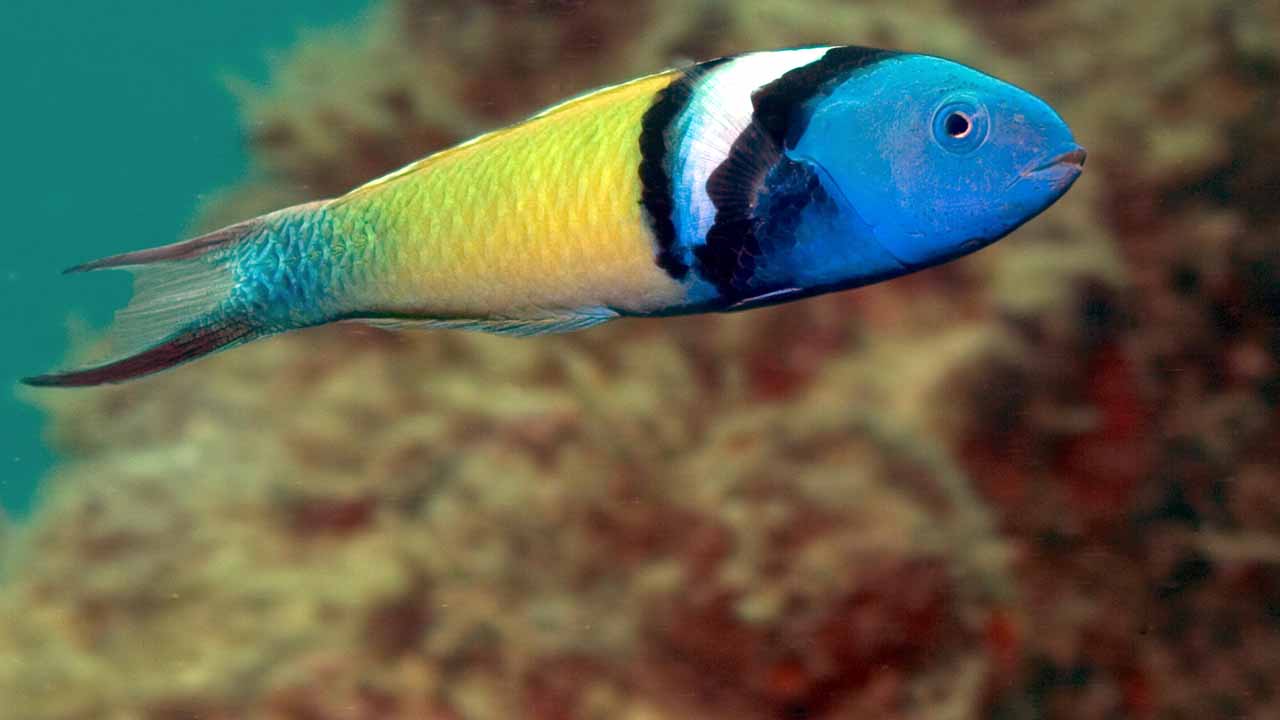
What Type of Tail Does a Bluehead Wrasse have?
A bluehead wrasse has an awesome type of tail referred to as a forked tail. In this method, the tail is divided into lobes, corresponding to the shape of a fork. The forked tail is a variation that allows the bluehead wrasse to swim speedily and maneuver effortlessly in the water. It offers the fish with agility and speed, making it nicely applicable for its marine habitat.
The colorful blue coloration of the head and the contrasting yellow frame of the bluehead wrasse make it a visually putting species, adding to its appeal and reputation among aquarium enthusiasts and marine existence fans alike.
How do You Find out What the Gender of Bluehead Wrasse is?
One manner to perceive the gender of a bluehead wrasse is using looking at its color. Male bluehead wrasses are generally vibrant and feature a bright blue head, that’s the reason behind their name. They even have a yellow frame with a black vertical stripe walking alongside their sides. Females, alternatively, have a more subdued shade. They are commonly silver or faded blue with a small black spot close to their tail.
Another way to decide the gender of a bluehead wrasse is with the aid of observing their conduct. During mating season, men will display intricate courtship behaviors to attract women. They will swim in an erratic pattern, alternate hues, and thrust back different adult males from their territory. Females, alternatively, will regularly shape groups and pick out a dominant male to mate with.
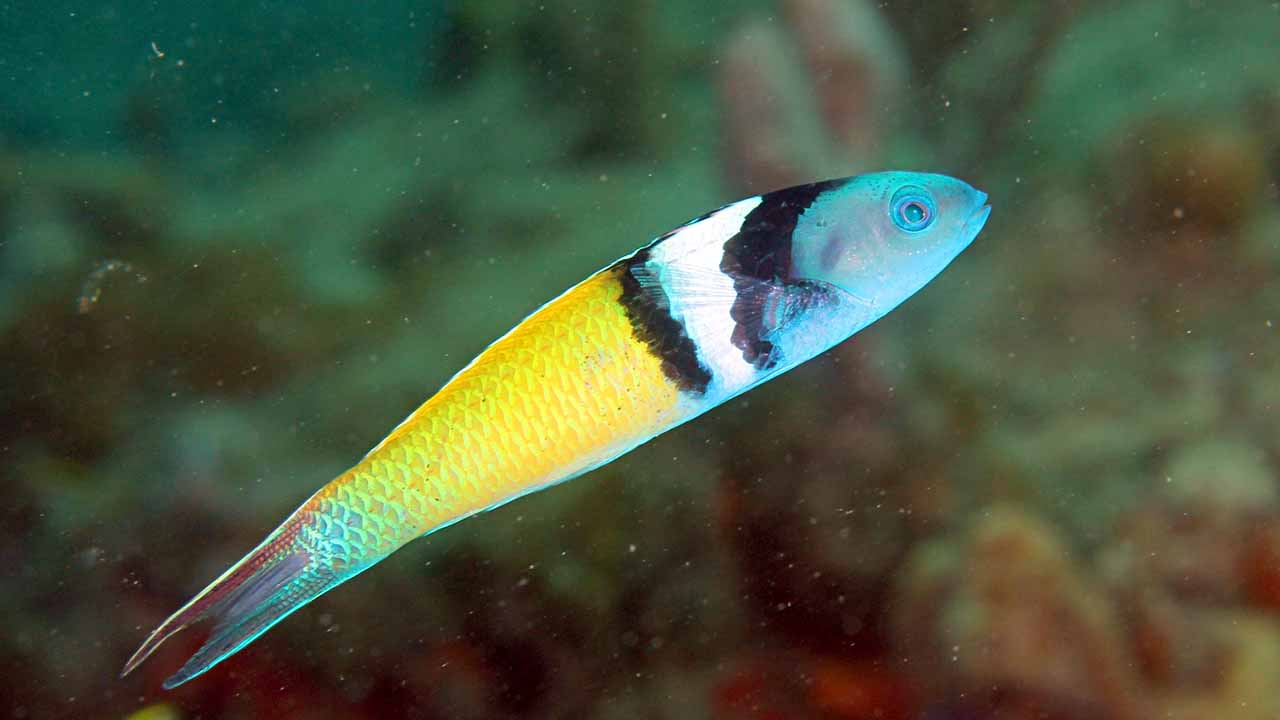
Bluehead Wrasse Reproduction Facts
They are recognized for his or her vibrant blue and yellow color, which is greatly distinguished in males for the duration of the breeding season.
The Bluehead wrasse has a thrilling reproductive method. They show off a sequential hermaphroditism, meaning they change their sex during their life cycle. When they are born, they start as females. As they mature, a few individuals transition into adult males.
During the breeding season, which typically happens from April to September, male Bluehead wrasses set up and guard territories on coral reefs. They show their colorful shades and perform courtship rituals to attract ladies. Once a lady chooses a male, she lays her eggs in a nest constructed and protected by way of the male. The male then fertilizes the eggs externally.
After fertilization, the eggs hatch into larvae and enter the pelagic phase in their existence cycle. During this time, the larvae float in the ocean currents for numerous weeks before settling into coral reef habitats. As they develop, a few eggs will finally go through intercourse transformation and maintain the cycle.
The Bluehead wrasse’s reproductive strategy allows for excessive flexibility in preserving a balanced sex ratio inside the population. It additionally ensures reproductive success with the aid of permitting individuals to maximize their chances of finding a mate and producing offspring.
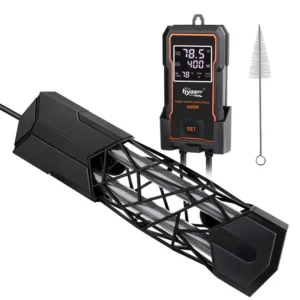
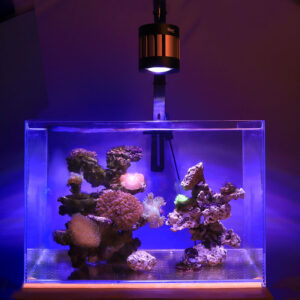
Leave a comment